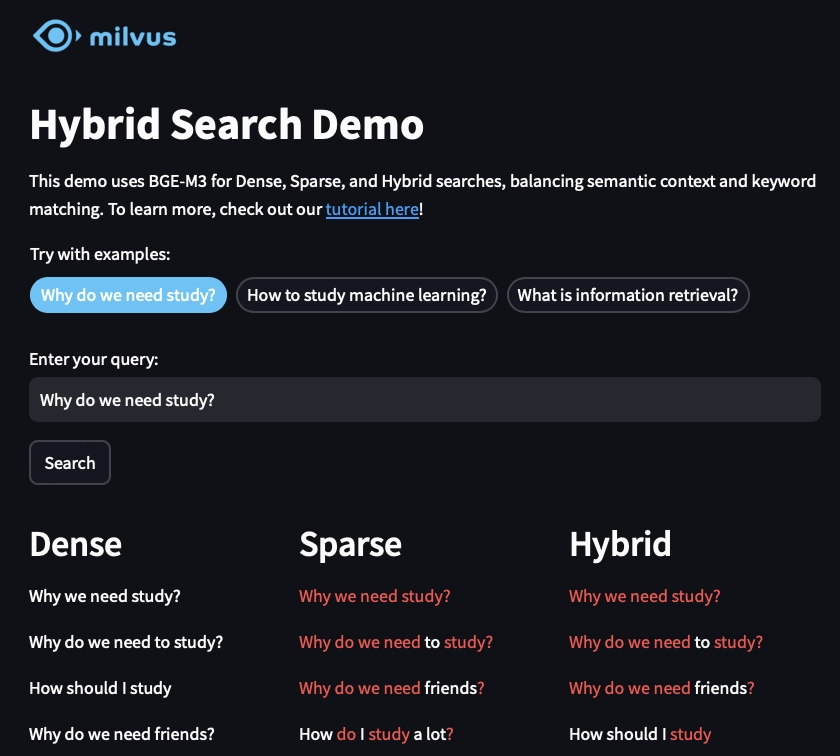Text embedding significantly enhances full-text search by transforming text into numerical representations, known as vectors, which capture semantic meaning more effectively than traditional keyword-based approaches. This advancement allows for more accurate and contextually relevant search results, improving the overall search experience.
Traditional full-text search relies heavily on keyword matching, which can be limited in its ability to understand context, synonyms, or the overall meaning of a query. This method might miss relevant results if the exact keywords are not present in the search query or the indexed documents. In contrast, text embedding leverages machine learning models to convert text into dense vectors that represent the nuanced relationships between words and phrases. These vectors encapsulate the semantic essence of the text, allowing the search system to identify similarities in meaning rather than just matching keywords.
One of the primary benefits of using text embeddings in search is the ability to handle synonyms and related terms more naturally. For instance, a search for “automobile” will also return results containing “car” if embeddings are used, as the vector representations of these terms are close in the semantic space. This capability leads to more comprehensive search results, capturing a broader range of relevant documents.
Moreover, text embeddings enable the search engine to understand and rank results based on contextual relevance. By considering the entire context of a query and the indexed documents, embeddings help differentiate between homonyms and polysemous words, which can have different meanings based on context. This ensures that the search results are not only relevant but also contextually appropriate, enhancing user satisfaction.
Text embeddings also facilitate advanced search functionalities such as similarity search and recommendation systems. For example, in e-commerce platforms, embeddings can be used to suggest products similar to those a user has previously viewed or purchased, based on semantic similarity rather than just category matching. This capability enhances personalization and improves user engagement.
In conclusion, text embedding transforms full-text search by enabling a deeper understanding of language through semantic representation. By capturing the nuanced meanings and relationships between words, embeddings provide more accurate, contextually aware, and comprehensive search results. This approach not only improves traditional search capabilities but also opens the door to innovative applications in recommendation systems and personalized content delivery, making it an invaluable tool in the evolving landscape of information retrieval.
